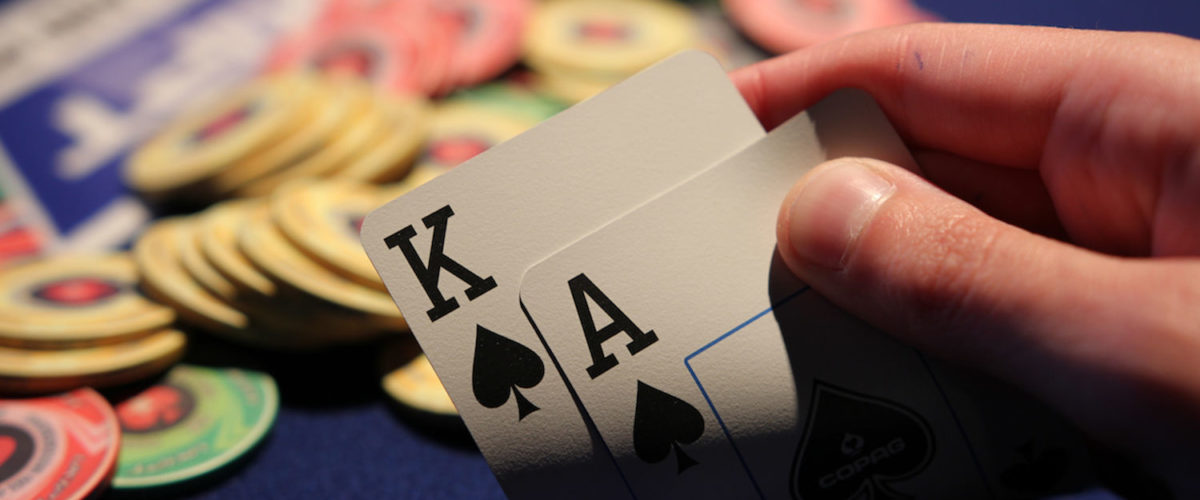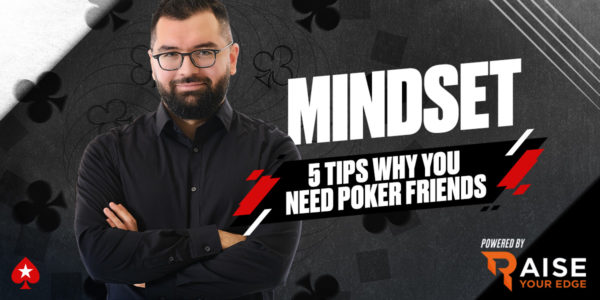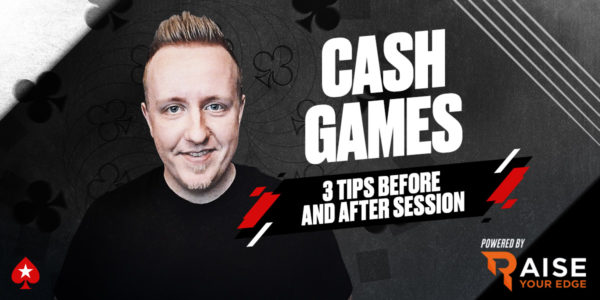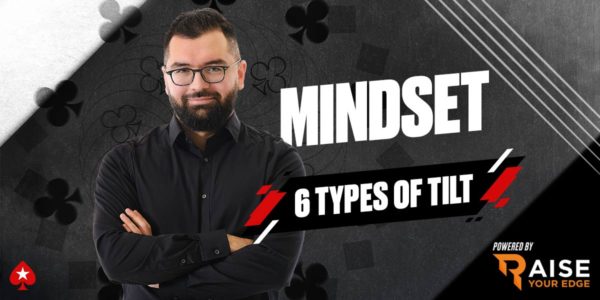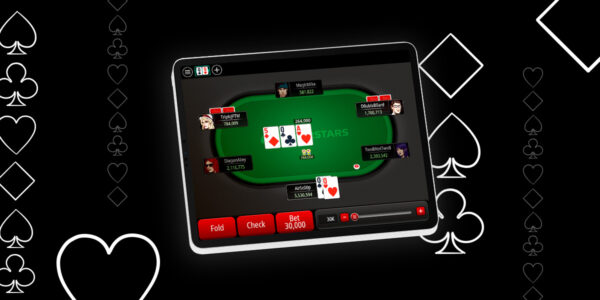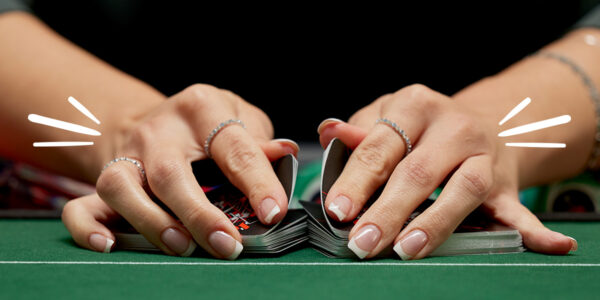C-Betting in 2020 – Part 2
Polarized C-Betting
Last time, we took our first plunge into the land of modern c-betting and learned all about maximising a range advantage by betting very frequently. Today we are going to remain in the domain of having a large pre-flop advantage but turn our attention to some flops that neutralise things, bringing the pre-flop caller’s range some very strong hands. In these cases, we want to c-bet more selectively, or polarised.
Polarised betting means only betting with two hand classes:
- Strong hands: good enough to bet for value.
And
- Bluffs: too weak to check for showdown value, but not totally hopeless.
Therefore, our checking range will be a mix of the two remaining hand classes: medium strength stuff and hopeless trash.
When to C-Bet Polarized
C-Betting polarised is the normal response to a flop that negates your pre-flop aggressor’s advantage. As we saw last time, there are many flops which preserve this advantage, allowing us to bet until our hearts are content, forcing Villain to fold more than the math would suggest if ranges were equal.
Some flops harm our unique hands – the ones Villain would have raised, not called with pre-flop [JJ-AA AK etc]. This lowers our range’s equity advantage bringing it back down towards 50%. It is rare that a pre-flop raiser will ever have less than 50% equity vs. the big blind in a heads-up pot because the big blind’s calling range is so weak.
Connected and wet flops, particularly those containing lots of medium to low cards, are the biggest culprits for ruining range advantage and forcing us to resort to polarised c-betting. ‘Resort’ really is the key word here. If high frequency c-betting was a thrilling luxury, then polarised c-betting is a grim necessity.

Equal Ranges – A Thought Experiment
What if you could bend the rules in your favour and refuse to post a big blind when everybody else still had to? Would this be profitable? Of course! It would make you a massive winner in almost any game!
Choosing to post a big blind even though you didn’t have to is the equivalent of betting at a high frequency when ranges are equal. After all, when the cards first come down, before any raising or folding has taken place, all player’s have the same range of hands. When the big blind is forced to post, he is being made to range-bet pre-flop. He is betting completely unselectively by posting his blind.
Betting unselectively when ranges are equal is a bad strategy.
Time for a Flop
On the flop, then, we want to avoid posting money with all of our range when the flop has equalised the advantages. Let’s say we open the CO, get called by the BB, and the flop comes 10♠7♠6♦. This wet, middling flop has connected very well with some sizable parts of Villain’s range. Our overpairs have been demoted to tier 2 hands here due to all of the nutted stuff and high equity draws floating around. Our very big cards have mostly become worthless garbage.
We have only very small advantage now. Our range has only around 51-52% equity here. Therefore, betting A♥K♥ and all of its cousin trash hands would be as criminal as posting a blind you didn’t have to post.
So let’s get selective!
Selecting Value Hands
A value hand is one that performs well after betting and getting called. Some examples of value-betable hands on the 10♠7♠6♦ flop are QQ, 66, 98, and AT. Not every hand that could viably bet for value has to bet for value. It can be prudent to mix some of our overpairs into our checking range, to protect us from trigger happy turn-leading (known technically as probe-betting). Hands as strong as sets and straights, however, should always bet in position when there is still a lot of pot building to do in relation to the effective stack. It is criminal to allow pot stagnation in these situations.
Selecting Bluffs
Bluffing does not mean betting utter trash. Our bluffing range on today’s flop should have some sense of standards about it! We would not want to bet A♣2♣ – ever, but something like J♦9♦ or K♠4♠ would be a pretty frequent bet. Again, some of these good draws should be put in the checking range for balance, much like the tier 2 value hands like QQ.

Building the Checking Range
The result of building the polarised betting range on the 10♠7♠6♦ flop is that our checking-behind range becomes capped – meaning we can’t have the flopped nuts, and condensed – meaning that we no longer have all of the unmade hands we had on the flop. Remember, we bluff a good few of our unmade hands on the flop. The checking range will feature, firstly, good showdown value like overpairs, top-pair and weaker pairs with or without draws. It may also have some showdown value flush draws like A♠K♠ and 6♠5♠.
Secondly, we will want to check some very bad hands with the intention of folding to future aggression and maybe making a delayed c-bet bluff on either the turn or the river.
Summary
- Wet and middling flops equalise ranges, deterring us from always or nearly always betting.
- When we bet selectively, we polarise our betting range.
- Polarising means betting good value hands and prosperous unmade hands, while checking showdown value hands and trash.
- We do not want to leave our checking range totally unprotected, but we also do not want to slowplay the nuts in position or the pot will stagnate.
Condimentum Nibh
Donec sed odio dui. Cras mattis consectetur purus sit amet fermentum. Vestibulum id ligula porta felis euismod semper. Curabitur blandit tempus porttitor.

